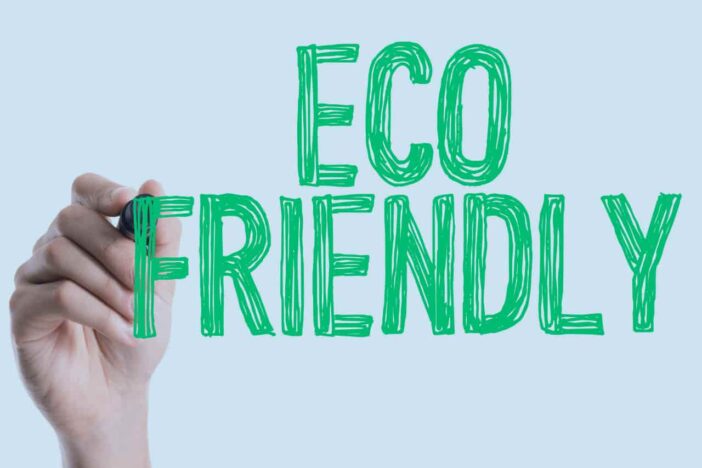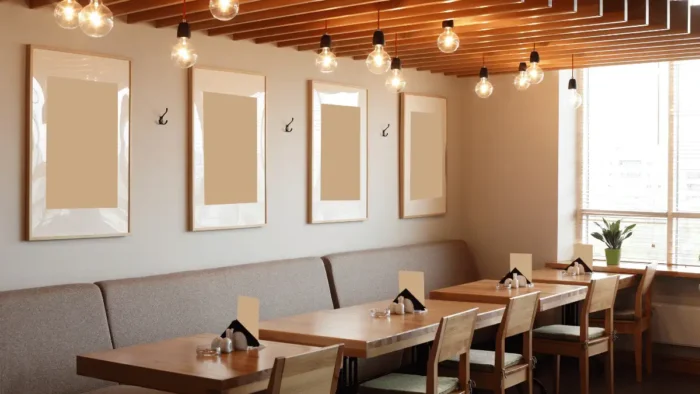Brand reputation and image are essential. If your start-up aims to be eco-friendly, you must integrate eco-friendly practices and ensure that all employees and departments advance these values. Entrepreneurs are becoming eco-friendly as they turn towards sustainability models for their start-ups.
On the other hand, customers lean more on sustainable companies when looking for goods. Generally, eco-friendly start-ups succeed by associating with environmental-friendly principles, documenting them, and sharing the information through marketing channels or company websites.
An eco-friendly start-up can be efficient in the following ways:
1.Reduce Your Energy Costs
Each year, small businesses collectively pay energy costs over $60 billion. But this can be avoided by implementing steps to be more energy-efficient or switching to a commercial solar power system to reduce your carbon footprint and save money in the process.
There are several ways to reduce energy usage simply, including:
- Using energy-efficient appliances: Although you may spend more upfront, energy-efficient appliances will significantly lower your energy costs and save you money eventually.
- Use LED bulbs instead of incandescent bulbs: The better option would be to use natural light in your start-up, but if that’s not an option, LED light bulbs will do. LEDs use 25%-30% less energy and last longer than incandescent bulbs.
- Install light timers: To eradicate the risk of leaving lights on in break rooms or bathrooms, put the lights on a sensor or timer.
- Frequently clean and replace air filters: When dirt and dust build up on filters, it blocks airflow. Due to this, your HVAC system works extra hard and consumes more energy to work normally.
2.Use Sustainable Products
Daily use items in a company, such as cleaning products, printer paper, or toilet paper, can be harmful to the environment because of their manufacturing process. When buying office paper items, such as printer paper and toilet paper, look for proof made from recycled material. Such products reduce general waste and maintain a circular economy.
For your cleaning products, green cleaners are available that do not have toxic chemicals as they are made from natural ingredients. Using these products ensures that toxic elements do not get into streams and landfills., which could then negatively impact the environment
3.Reduce, Reuse, and Recycle
Lower the amount of waste disposed of in landfills by not sending any. The first step is to reduce usage where possible. For example, rather than use disposable utensils, plates and cups, choose real ceramic and glass alternatives.
The second thing is to reuse items when possible. For example, please do not dispose of structurally intact boxes, but use them again. An everyday example of this is glass milk bottles, but did you know this can also happen for cleaning products and such? Businesses should also urge employees to use both sides of a printer paper.
If you cannot reduce or reuse, then you should recycle. Many cities have to recycle bins in place to ease the process.
4.Offer Public Transit Traveler Benefits
Daily travels to and from the office significantly contribute to the increase of carbon dioxide in the environment. Provide incentives to your employees to carpool, work remotely, or use public transport. This will reduce cars on the road and, consequently, carbon dioxide emissions released into the air.
Enquire if your city provides subsidized transit passes for start-ups and small businesses. If none is available, you can use human resource software to offer employees public transit passes. You can also install a bike rack on your premises for both employees and clients to encourage them not to bring their cars to work.
5.Buy Secondhand Items When You Can
You don’t have to buy brand new furniture for your start-up. The new desks, chairs, tables, and couches are manufactured using many raw materials and energy. Start-ups can go green by looking for recycled furniture or vintage pieces to adorn their offices. This ensures that furniture still in good shape won’t find its way into a landfill to pave the way for newer trends.





